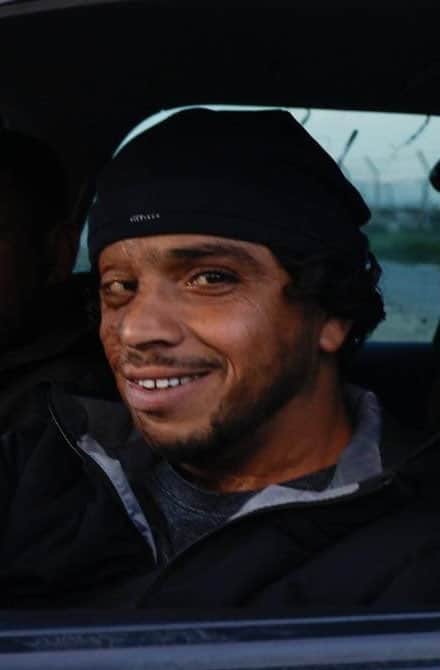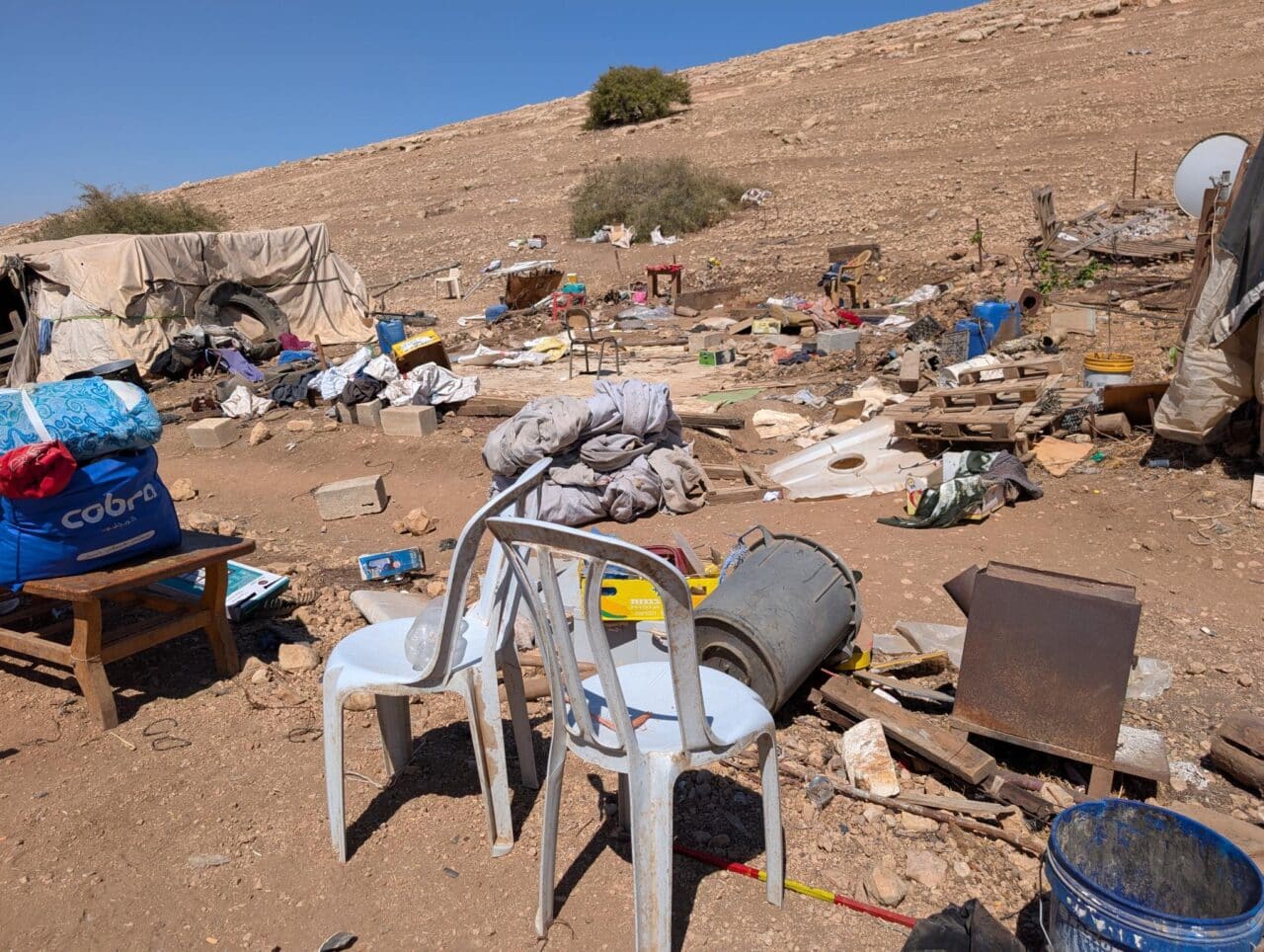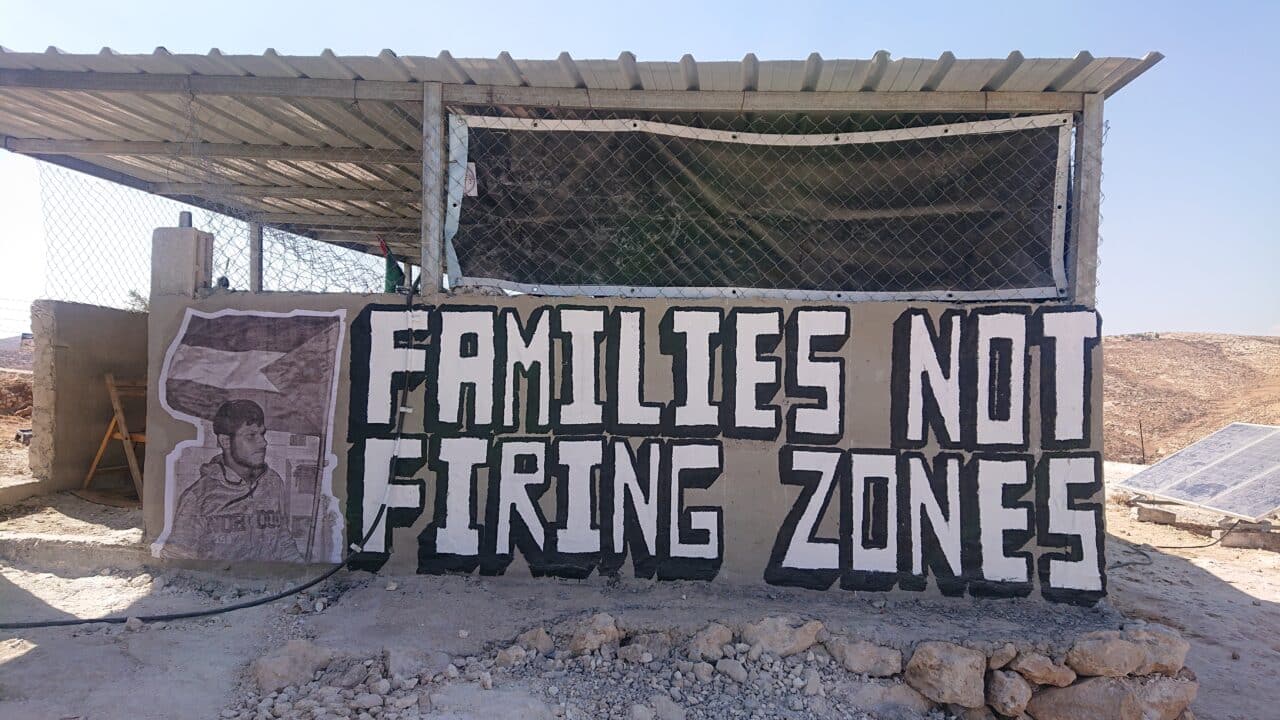Author: ISM Media
-
Settlers kill Palestinian in Masafer Yatta
July 28 – #masafer yatta Israeli settlers murdered activist and dear friend Awda Hathaleen and critically injured Ahmad Hathaleen today during a settler invasion on the village of Umm al-Khair. Another member of the community, Ibrahim Al-Faqir also died as a result of a severe stroke during the attack. The deadly attack took place after illegal Israeli settlers,…
-
For immediate release: Forcible displacement continues in the Jordan Valley
July 2, Jordan Valley, West Bank – Israeli settlers, with the support of Israeli forces, are displacing once again families in Khirbet Samra, in the Northern Jordan Valley. On June 22, settlers threatened one of the families in the hamlet (who chose to remain anonymous fearing further retaliation) telling them they have eight days to leave their land. These settlers come…
-
Unlawful escalation towards forcible displacement and ethnic cleansing in Masafer Yatta
On behalf of Youth of Sumud, we urgently alert you to a dangerous and unlawful escalation in Masafer Yatta, specifically within Firing Zone 918 in the occupied West Bank. On 18 June 2025, the Higher Planning Council issued a directive for the Firing Zone 918 to all its subcommittees authorizing the rejection of demolition objections…



